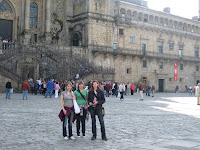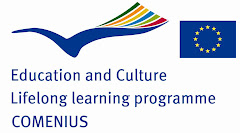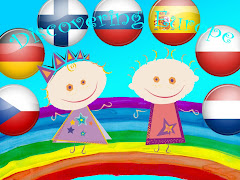“DIVERSITY CONNECTS”In the following text we give some examples of how different languages have influenced the Finnish language in the Helsinki Metropolitan Area. Historically, Finland has been both under Swedish (1150/1249 -1809) and Russian rule (1809-1917). However, as for the languages, the influence of the Swedish language has been a lot stronger and longer-lasting, as Swedish had been used for years as the language of administration and civilization. To begin with, the Swedish language kept its position as the sole language of administration even when Finland became part of the Russian Empire in 1809. However, during the 1860s, Czar Alexander II ordered that legal equality between Finnish and Swedish as languages of administration was to be gradually introduced, and with time, Finnish also gained its position as the national language of Finland.
Nowadays Finland has got two official languages, Finnish and Swedish. About 5, 6 % of the inhabitants of Finland have Swedish as their mother tongue. Most of the Swedish speaking Finns live in the southern and western parts of Finland, quite often in the coastal area. Nowadays about 6, 2 % of the inhabitants of Helsinki have Swedish as their mother tongue.
Helsinki slang or slangi is a local variation of the Finnish language mainly used in the capital Helsinki. It dates back to the late nineteenth century when Helsinki was about 50% Swedish-speaking. Helsinki slang is based on spoken Finnish and it is characterized by a large amount of words borrowed from originally Swedish, German and Russian. The slang was widely used especially in working class areas but it only became really popular in the 1950s among young men who wanted to rebel against their parents and impress young women.
Helsinki slang or “stadin slangi”, as the Helsinki people themselves prefer to call it, is still very much alive. Since the 1990s, because of globalisation and the role of the Internet, new slang words have usually come from English. As there are nowadays many immigrants from Russia, Estonia and Somalia in the Helsinki area, it is expected that new slang words come from their languages, too.
Here are some examples of “stadin slangi”. You can first see the Finnish word or phrase, then the same in “stadin slangi, and finally, in English:
asua budjaa (to dwell), mennä rikki brakaa (to break), tyhmä dorka (dork), työ duuni (work),
tyttö gimma (girl), nukkua goisaa (to sleep)
koti hima (home), linja-auto dösä (a bus)
raitiovaunu spora (a trolley car, a tram)
“Mieti vähän, pikku apulainen, miten helppoa tällä olisi siivota”
Kelaa, snadi jeesaaja, kui iisii täl ois stedaa"
(meaning "Think, little helper, how easy it would be to clean with this")
9 C Jakomäen yläasteen peruskoulu












